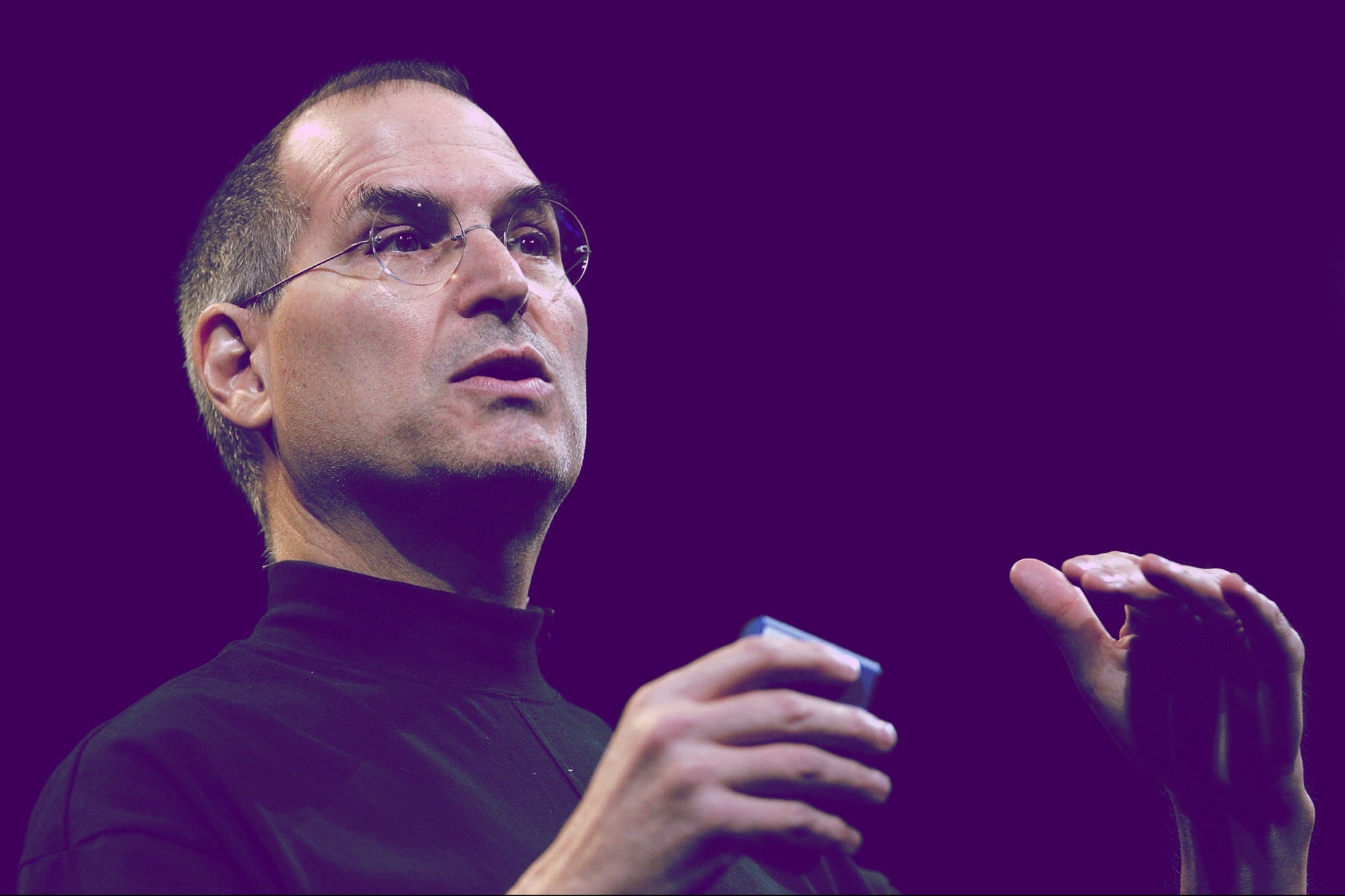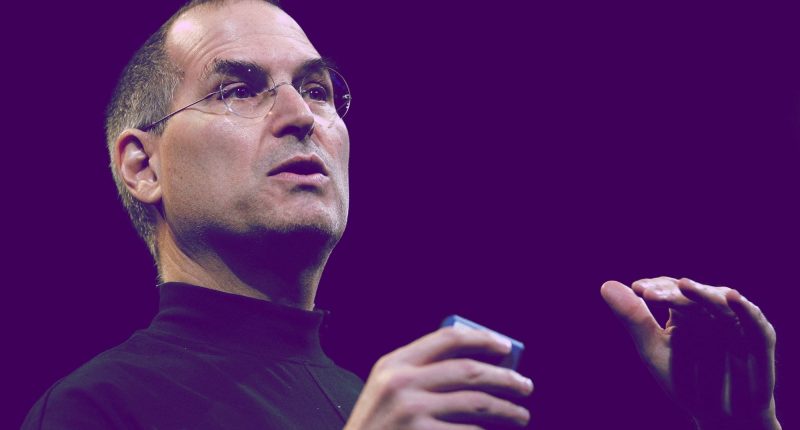
Opinions expressed by Entrepreneur contributors are their own.
Take a look at any ranking of the world’s leading brands, and one name appears toward the top of that list every single tim: Steve Jobs’ Apple. Like countless startups today, Steve Jobs began his journey in a garage with little more than a vision.
So, how did he build one of the world’s most recognizable and trusted brands? Steve Jobs relied on one simple philosophy to set his company apart from its competitor: He viewed Apple’s branding as a bank account or a vault.
Read on to discover how you and your team can replicate his strategy to grow your business.
Depositing Credibility into Your Bank Account
A brand represents the intangible assets that entrepreneurs possess, while branding is the process of enhancing the brand by instilling credibility and trust. A good brand is one that consumers trust to create a high-quality product or deliver great service. Where that level of trust exists, there is room for errors. Great brands are not infallible, but they handle problems well, for example, by admitting to mistakes and taking care of their customers through difficult situations.
Make Deposits, Avoid Withdrawals
Steve Jobs’ idea is simple: Every time a company does something good, it deposits something into its bank account or adds something to its vault. Launching a successful product is just as much a deposit as finding a mutually beneficial resolution when there has been a problem. Whenever your customers walk away feeling that they have been treated respectfully, trust in the brand increases.
At my marketing company, we don’t sell products, but we still find efficient ways to make deposits on a regular basis. Deposits can take a variety of forms: customer service, partnerships, feedback loop, etc. During this time, every single blog post prospect customers read and find useful, every leadership piece they enjoy and share is another small deposit into our “brand bank account.”
On the other hand, whenever someone has a negative experience with your business, a withdrawal is made from your vault. Launching an unsuccessful product would be a large withdrawal. But even an unfriendly interaction on a customer service hotline can cause your brand to lose a consumer’s trust.
How Do You Have a Healthy Brand Bank Balance?
Just like your team works hard to maintain a positive balance in your company’s actual bank accounts, every team member should understand the importance of maintaining a healthy brand bank balance. In theory, it is as simple as ensuring that deposits outnumber withdrawals. In practice, that is not always so easy, and no brand is immune to making mistakes or being unlucky.
Here’s a good example of when Apple avoided a heavy withdrawal. When the company launched its then-revolutionary face recognition technology for iPhone X in 2017, the technology simply did not work. This temporary glitch put a dent in Apple’s stock market value for some time. However, due to the company’s well-established brand reputation and history of innovation, loyal customers and supporters remained steadfast. Apple swiftly addressed the technical issues, demonstrating its commitment to quality and customer satisfaction. As a result, trust in the brand was restored, and within a short period, Apple rebounded, showcasing the resilience of a robust brand bank account.
Maintaining a healthy brand bank balance requires constant deposits, small and large. Withdrawals, even if they seem incredibly small, need to be taken seriously. A small issue can quickly snowball and create significant damage to a brand.
Companies that Use Steve Jobs’ Banking Anology
The concept of brand bank balances is not just for large or well-established businesses. Every interaction, online or off, can lead to deposits or withdrawals.
As a startup founder or a small business owner, you can look at businesses around you for examples and inspiration or consider these household name brands:
- The Ford Motor Company. In 2023, Ford noticed an issue with brake hoses and windshield wipers. Both could have endangered drivers, their passengers, and other road users, and the manufacturer decided to recall up to 1.5 million vehicles. Is that a deposit or a withdrawal? At face value, a recall would be a withdrawal. However, by being open with customers about the reasons for the recall, and streamlining the process to minimize the inconvenience for clients, Ford strengthened consumer relationships throughout the process.
- Peloton. Exercise equipment manufacturer Peloton did not fare so well when reports of potential safety issues started surfacing, including the death of a child. Rather than dealing with the reports proactively and initiating a recall, the company dragged its heels and eventually faced a $19 million fine.
While that is a significant physical withdrawal from the company’s bank account, it is arguably an even larger withdrawal from the company’s brand bank account. Re-building consumer trust after being seen to be careless with the safety of users and their children will likely cost more time and investment than a timely recall would have done.
Start Thinking Like Steve Jobs
Prioritizing consistent deposits into your brand bank account forms the basis of customer loyalty and significantly contributes to brand longevity. Even small deposits will add up over time like compound interest does in a real bank account. This concept is what makes this analogy so useful for businesses of any size and at any stage of their development. No matter whether your business is a very early-stage startup or you are working as a sole trader, Steve Jobs’ ‘secret sauce’ can help you transform your business.
In the next article, we discuss strategies for making better and smarter deposits into your brand bank account. If you are not yet a subscriber, join Entrepreneur+ today for access.
This article is from Entrepreneur.com









